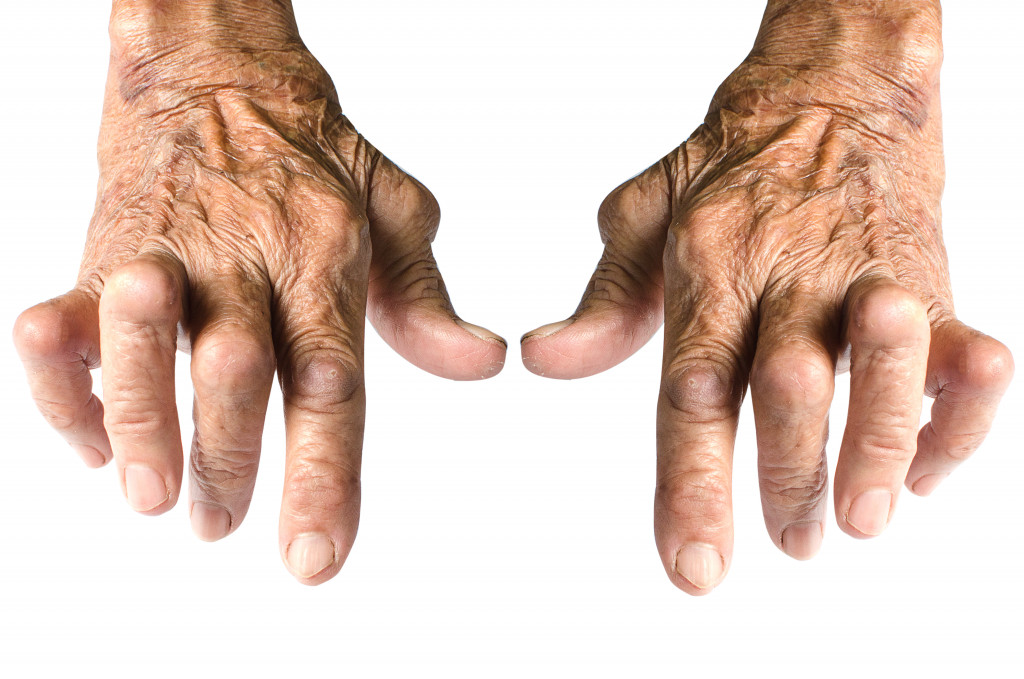- Arthritis is a common ailment that affects millions of Americans, with an expected rise to 78 million by 2040.
- Ageing population, obesity, improved diagnostics, and lack of exercise contribute to the increasing number of arthritis cases.
- Diet and genetics also play a role in the development of arthritis.
- Proper vein health, regular exercise, weight management, and use of assistive devices can help reduce the risk or severity of arthritis.
- Early diagnosis, treatment, and self-care strategies are key to managing arthritis symptoms.
Arthritis, a condition marked by inflammation and joint pain, is a common ailment affecting millions of people in the United States. It’s estimated that more than 58 million American adults have either been diagnosed with or report symptoms of arthritis. This staggering number is projected to rise to 78 million by 2040. But what is causing this upward trend? Here’s what you need to know about arthritis, the reason behind the rising numbers, and how to avoid it.
What is Arthritis, and Why it’s Rising?
Before delving into the reason behind the increasing cases of arthritis, let’s understand what arthritis is and its varied types. Arthritis is caused by the inflammation of joints, leading to pain and stiffness. While there are several causes of arthritis, the most common types of arthritis are osteoarthritis and rheumatoid arthritis.
The former occurs due to the wear and tear of the cartilage that covers the bones, while the latter happens when the immune system attacks the joints, leading to inflammation and damage. Here are some reasons why the number is rising.
Changing Demographics
As the population of the U.S. continues to age, the number of people with arthritis is also increasing. It is a known fact that older people are more likely to develop arthritis, and with the baby boomer generation entering their senior years, the incidence of arthritis is expected to rise. Additionally, obesity, also linked to the development of arthritis, is another factor contributing to the rise in cases.

Diagnostics Improvements
Another reason behind the increasing number of arthritis in the U.S. can be attributed to advancements in medical technology and diagnostics. With the emergence of new imaging tools, such as magnetic resonance imaging (MRI) and ultrasound, doctors can now detect arthritis at an earlier stage of the disease process, often before symptoms even appear. This early detection facilitates early treatment and management and contributes to the overall increase in reported cases.
Lack of Exercise
Exercise is important in preventing arthritis and other joint ailments, but unfortunately, many individuals in the U.S. lead sedentary lifestyles. Many people are inactive, and this lack of physical activity can increase the risk of developing arthritis. When the body is deprived of physical exercise, it results in weakened muscles and joints, making them more susceptible to injury and inflammation.
Poor Diet
There is a close link between the development of arthritis and our foods. In the U.S., fast food and processed foods are staples in the typical American diet, and both are linked to several chronic diseases, including arthritis. Processed foods contain elevated levels of Omega-6 fatty acids, which can trigger inflammation when consumed in excess. A balanced and nutritious diet is essential in preventing the onset of arthritis.
Genetics
Finally, genetics and family history play a significant role in the development of arthritis. Many people who have a family history of arthritis are at a higher risk of developing arthritis themselves. Genetic markers have also been associated with specific forms of arthritis, such as rheumatoid arthritis, an autoimmune disorder.
Dealing With Arthritis
Thankfully, there are various ways you can reduce your chances of getting arthritis or help manage the condition if you have it. Here are some of those ways:

Improving Vein Health
Your veins carry the nutrients and oxygen your body needs to function. Poor vein health can make you more susceptible to arthritis, so ensuring they function correctly with regular exercise and a healthy diet is essential. You can also get an affordable vein treatment. This treatment utilizes laser technology to stimulate the veins and improve vein health, preventing or reducing joint pain.
Stay Active
One of the most important things you can do if you have arthritis is to stay active. Exercise can help reduce stiffness and pain in the joints and improve your overall health. Low-impact exercises such as swimming, yoga, and walking are great options. Consult your doctor or a physical therapist to create an exercise plan that fits your abilities.
Manage Your Weight
Losing weight can help to reduce the pressure on your joints and improve your arthritis symptoms. Losing weight can also help to lower your risk of other chronic illnesses such as heart disease and diabetes. Consult your doctor or a nutritionist to create a healthy meal plan and exercise routine.
Use Assistive Devices
There are many assistive devices available that can help to reduce the strain on your joints and make daily tasks easier. Examples of assistive devices include canes, crutches, braces, and orthotics. Consult your doctor or occupational therapist to determine which assistive devices are best for you.
By understanding the underlying causes of arthritis and taking preventative measures, you can reduce your chances of developing this debilitating condition. With proper diagnosis, early treatment, and self-care strategies, it is possible to manage the symptoms of arthritis and lead an active life.


